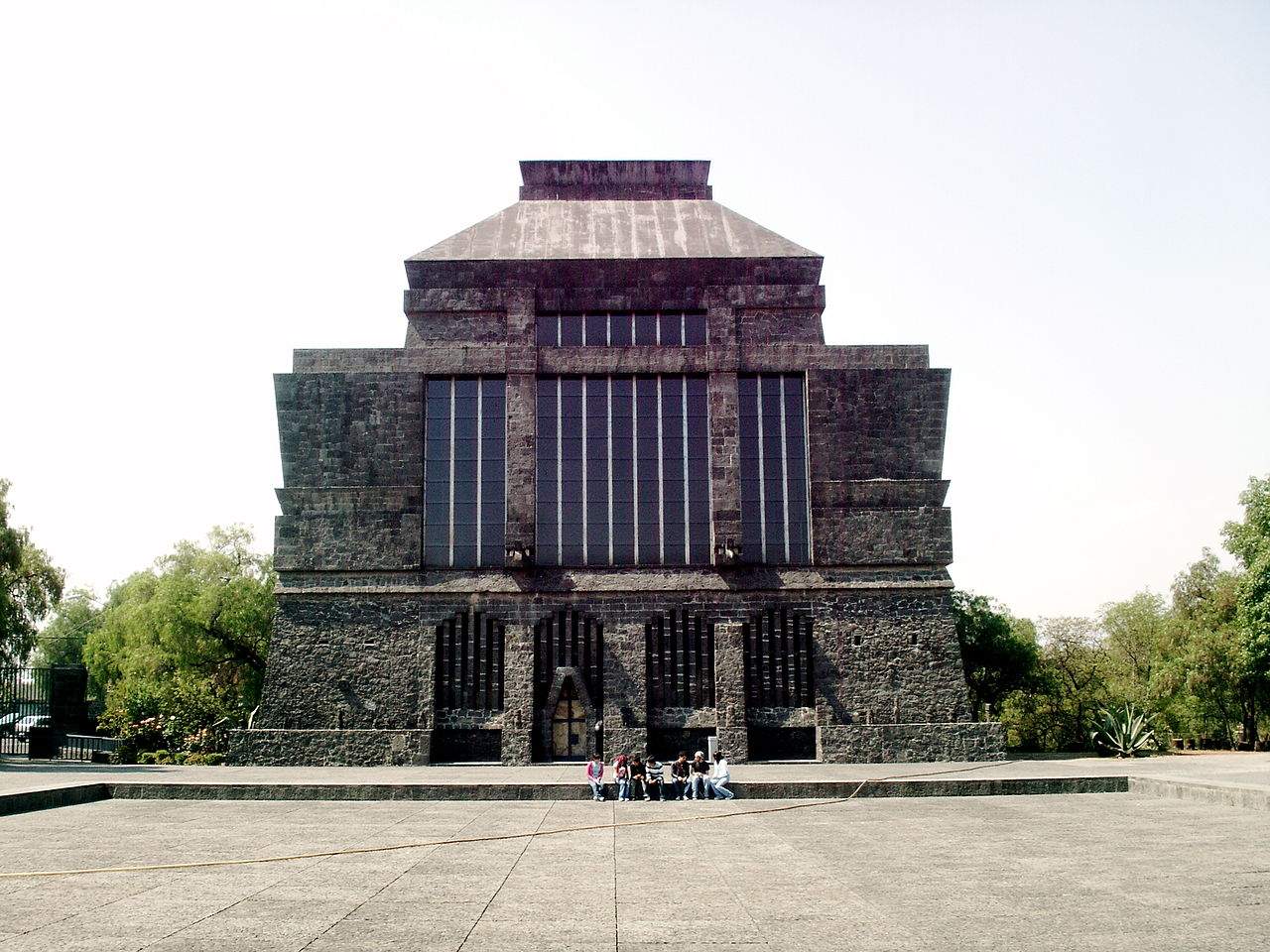After 70 years, Diego Rivera's dream comes true: Ciudad de las Artes is born in Mexico
Taking shape in Mexico City is Diego Rivera’s dream, the Ciudad de las Artes that the great Mexican artist theorized in one of his writings from 1945-1950, Exposición para un proyecto para la Ciudad de las Artes, in which he argued that in the museum he conceived, the Museo de Anahuacalli, should rise several structures dedicated to the arts, and in particular a Museo de Arte Mexicano en Acción, a large permanent exhibition, a huge plaza one kilometer on each side and with a stage in the center, where dance performances, theater and various celebrations would be presented, and then again pre-Hispanic-style arcades where craft stores, museums of architecture, music and dance, forums, a theater, a cinema, and workshops for artists would be arranged. In fact, last weekend thirteen new architectural spaces totaling six thousand square meters of exhibition space, workshops, plazas, and offices were opened to the public right in the Museo de Anahuacalli.
The project constitutes is an expansion of the Museo de Anahuacalli, the large structure that Rivera had built to house his large collection of Mesoamerican art, which numbers nearly 60,000 pieces. The project to build a Ciudad de las Artes remained unfinished when the artist passed away in 1957: his dream was to “connect artists from schools and academies with potters, weavers, stonemasons, with everything that is pure and high expression of the Mexican people.” In short, to bring together academic art with popular art and build a community entirely devoted to art. The Museo de Anahuacalli was built in 1963 by architects Juan O’Gorman and Heriberto Pagelson together with Rivera’s daughter Ruth Rivera Marín, but the rest of his visionary idea never saw fruition.
The Ciudad de las Artes has now found its first fulfillment thanks to architect Mauricio Rocha, who followed Rivera’s ideas for the design of this important public space, but declined it according to a contemporary interpretation. “The idea is that, as in pre-Columbian cities,” Rocha explained to El País newspaper, “the buildings connect and allow the relationship between the parts. What we are trying to do is recode Rivera and O’Gorman’s idea in a contemporary language. The buildings are built on volcanic stone walls that emerge, but recessed, so that there is less impact with the stone and the landscape; We also created lattices, light atmospheres that already existed in Diego’s main building. Also, with the new technologies we use, it looks like the buildings are sailing in a kind of lava sea.”
The Ciudad de las Artes project, awarded by tender to Mauricio Rocha’s office, took six years to complete: four to project and two to execute. The architectural complex was inspired by pre-Hispanic cities, Pompeii and Bauhaus buildings and involved an investment of about 20 million pesos (nearly one million euros). The Ciudad de las Artes will provide the public with a gallery, a new plaza, workshop spaces, multipurpose rooms, a library, offices, and a repository for the pre-Hispanic art collection, which will be open to the public in a “controlled manner,” the Anahuacalli Museum says.
Image: the Anahuacalli Museum
 |
| After 70 years, Diego Rivera's dream comes true: Ciudad de las Artes is born in Mexico |
Warning: the translation into English of the original Italian article was created using automatic tools. We undertake to review all articles, but we do not guarantee the total absence of inaccuracies in the translation due to the program. You can find the original by clicking on the ITA button. If you find any mistake,please contact us.



























